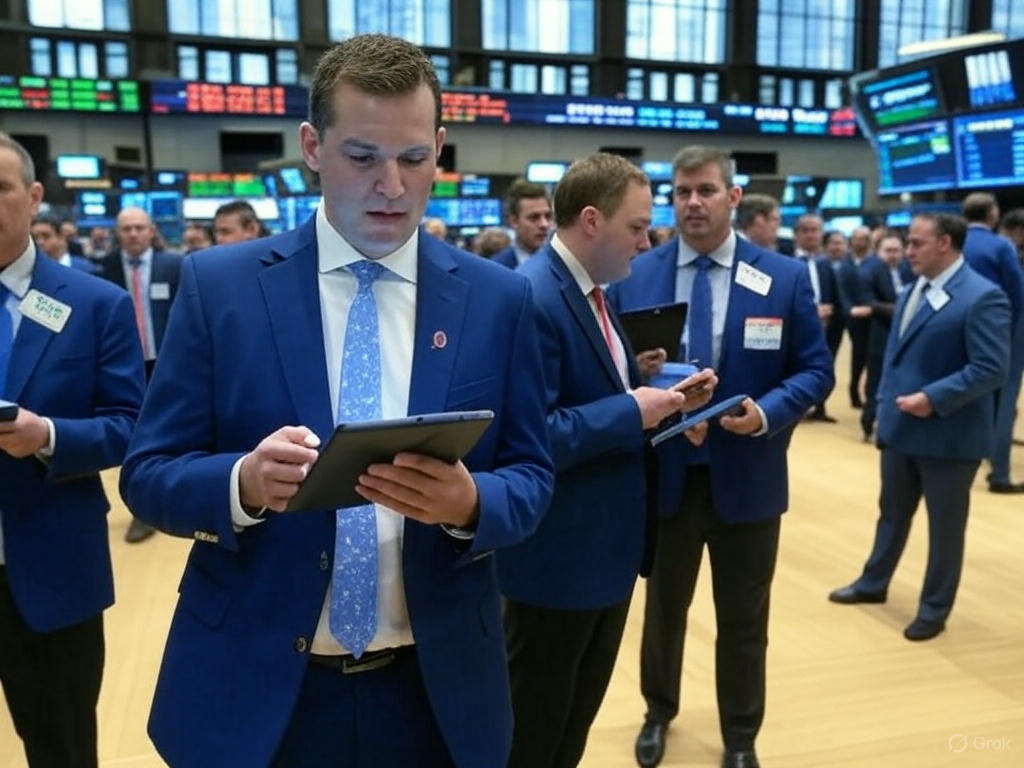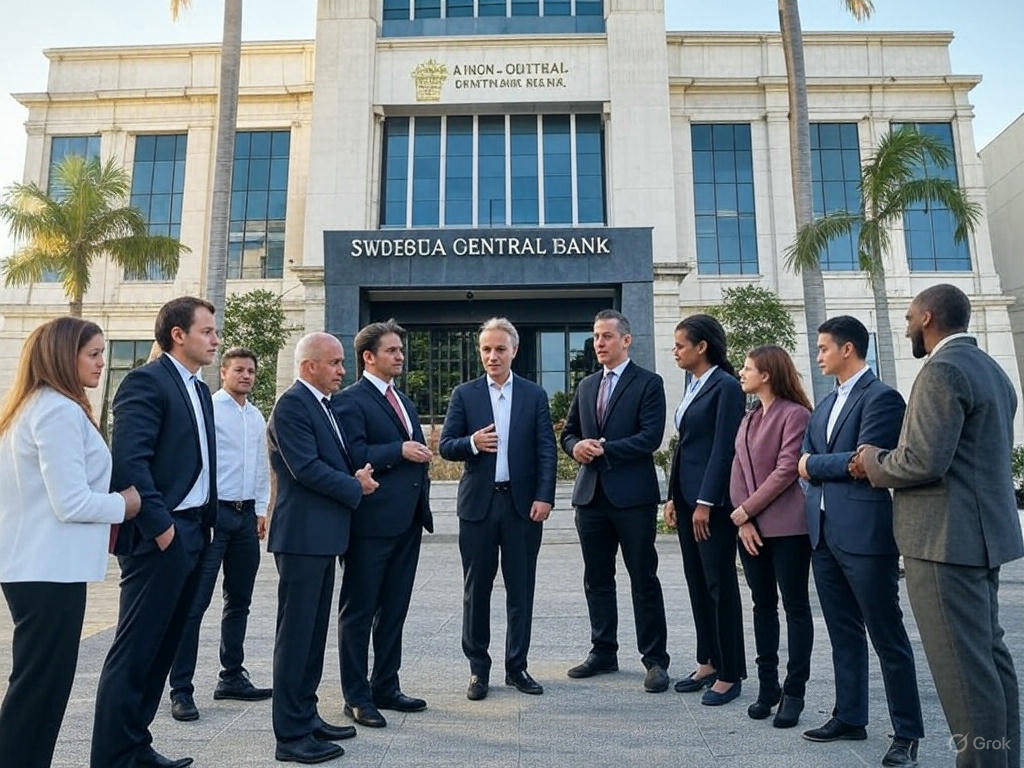The European Markets in Crypto Assets (MiCA) regulation, set to take effect on December 30, has sent ripples through the cryptocurrency ecosystem, particularly over the fate of Tether (USDT), the world’s most widely used stablecoin. The landmark regulatory framework aims to establish a unified set of rules for crypto assets across the European Union, but its stringent compliance requirements have created uncertainty around Tether’s future in the region.

Major exchanges, such as Binance and Crypto.com, continued offering USDT to their users in Europe.
In a proactive response to the incoming rules, Coinbase, one of the largest cryptocurrency exchanges in the United States, recently delisted USDT from its European services. The exchange cited MiCA’s compliance guidelines as the rationale for its decision, signaling the complexities of navigating the new regulatory landscape. Despite Coinbase’s withdrawal, other major exchanges like Binance and Crypto.com have continued to support USDT trading within Europe, underscoring a fragmented industry approach to MiCA compliance.
Analysts caution that Tether’s apparent resistance to aligning with MiCA regulations could have far-reaching implications. “If Tether fails to comply, it risks significant market disruptions and could undermine Europe’s aspirations to position itself as a global leader in crypto innovation,” noted Clara Monteiro, a regulatory expert in digital assets. The stablecoin’s dominant presence in trading pairs and decentralized finance (DeFi) applications means any instability could cascade through the European crypto market.
In a bid to mitigate these challenges, Tether has invested in the European stablecoin company StablR. Based in Malta, StablR issues Euro and U.S. dollar-backed stablecoins, potentially offering Tether a compliant pathway to remain active in the European market. However, the effectiveness of this strategy remains uncertain, as regulatory scrutiny intensifies.
The MiCA framework represents a critical juncture for the European crypto landscape, balancing innovation with regulatory oversight. As December 30 approaches, the industry will be closely watching how Tether and other key players adapt to this new era, with the outcome likely to shape the future of cryptocurrency in Europe and beyond.




